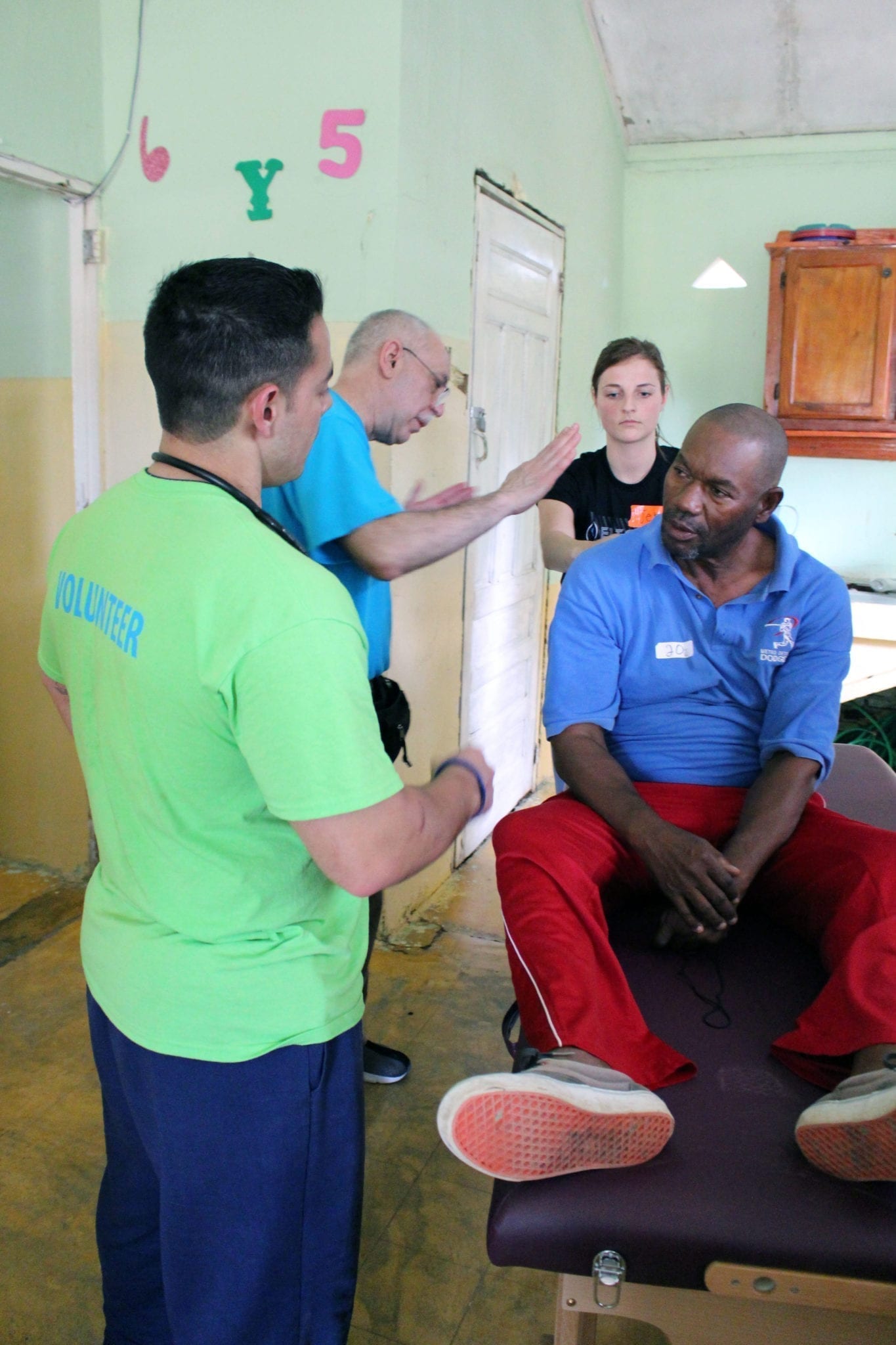
We’ve all heard the expression, “One person can make a difference,” and while I truly believe that, I also think when it comes to health care, there’s an even more important corollary: “No one person can do it all.”
Keeping a person healthy depends on taking care of all that contributes to a person’s wellness or lack thereof. What a surprise it is to students and patients alike when they find out that genetics and health behaviors only account for about 25 percent of overall health, and that medical services are even less. How are we to keep the public healthy?
Our health professions students are learning that they must rely on, and work well with, a team that includes more than clinicians. The best teams are interprofessional and include a broad representation from public health, social and support services, community agencies, mental health, financial services, housing, nutrition and many, many more. Through the Des Moines Area Interprofessional Education Collaborative, our students learn what it takes to be an effective team member and get the best health outcomes for their patients.
Translating individual health to community health is where public health makes a strong contribution to the interprofessional team. Because major factors influencing health and wellness are not just what the doctor advises or prescribes at an office visit, public health examines how environment influences health, also known as the social determinants of health. By focusing on prevention strategies and addressing factors and policies in homes and housing, work and employment, schools and educational programs, as well as play and recreation, public health’s words to live by are “Health starts where we live, work, learn and play.”
Taking the message of prevention and social determinants of health to interprofessional education prepares our students to work in the new landscape of the Affordable Care Act and truly make a difference in our global community.

